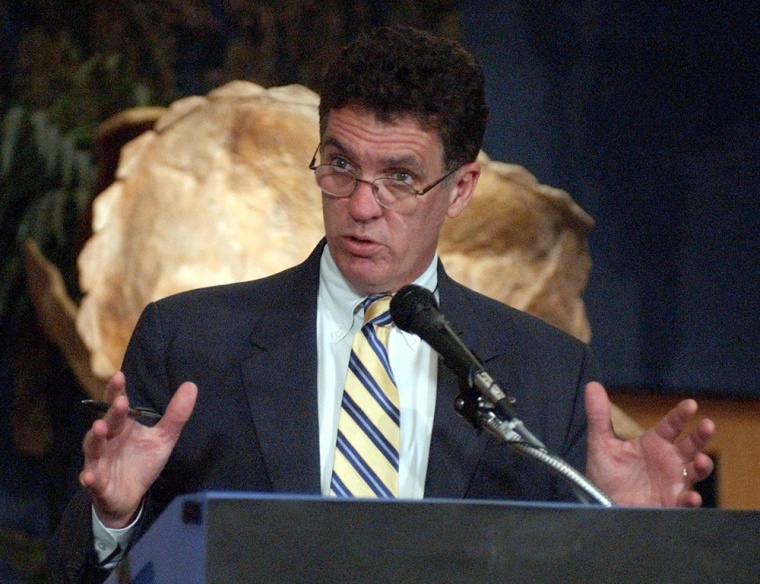Florida, the nation’s largest citrus producer, each year creates about 8 million tons of orange peel waste that mostly goes to cattle feed.
But researchers at a Fort Lauderdale-based energy company think some of those peels could be used to create power. Ener1 Inc. is working on a $1.1 million project to convert hydrogen-rich gas released from citrus peels into methanol to power fuel cells capable of providing about 75 percent of the power at an interstate rest stop in Florida.
The goal is to create “a road show” for the state’s millions of tourists and Florida drivers by demonstrating the potential of hydrogen energy, while at the same time using a waste product that the Florida citrus industry for years has struggled to find ways to dispose of, other than as cattle cuisine.
“It’s a big part of the waste here in the state of Florida,” said Pankaj Dhingra, president of Ener1. “If this is something we can start using it on a bigger scale that will improve the waste processing for citrus.”
Grant money
The Florida Hydrogen Initiative Inc. on Monday gave Ener1 a $550,000 grant to help complete the project by next year.

The Florida Hydrogen Initiative, a nonprofit pet project of U.S. Rep. David Weldon, R-Fla., has received about $4 million in grants from the U.S. Department of Energy. The nonprofit also awarded a $199,500 grant to the Orlando Science Center for a museum exhibit showcasing hydrogen power and a $160,000 grant to three colleges to develop a plan showing how hydrogen-fueling infrastructure could be built in metro Orlando.
In recent months, central Florida has been the location of several hydrogen-power projects.
In February, Gov. Jeb Bush and Ford Motor Co. chief executive Bill Ford helped introduce the state’s first hydrogen fueling station for buses that will be used to shuttle car rental customers at Orlando International Airport and tourists at the NASA visitor center. Last May, Ford and BP America selected Florida as one of three sites nationwide to demonstrate hydrogen fuel cell cars.
Florida is an attractive place for demonstrating hydrogen power uses because of its fast growth and the number of tourists who pass through the state, Weldon said.
“We’re a rapidly growing state and our environment is important to us,” Weldon said.
Theme park trash next?
So far, Ener1 researchers have created 1-kilowatt and 150-watt fuel cell prototypes. They hope to have a 10-kilowatt fuel cell completed over the next 18 months for the rest stop.
If all goes according to plan, five fuel cells, each the size of three car batteries, will be used at the as yet unbuilt rest stop. The methanol will be extracted from the orange peels through a distillation process and stored in an offsite tank. The fuel cells will be resupplied with methanol every two or three days.
Most of Florida’s oranges are processed into juice. Eventually, Ener 1 researchers hope to try using other forms of waste, such as trash from Orlando’s theme parks, to create the methanol.
“We need something besides gasoline and this is one way to get there,” said Jim Griffiths, the 90-year-old managing director at Citrus Grower Associates Inc., which represents the interests of mostly small and medium-sized citrus growers. “If orange waste can be helpful, that’s great.”